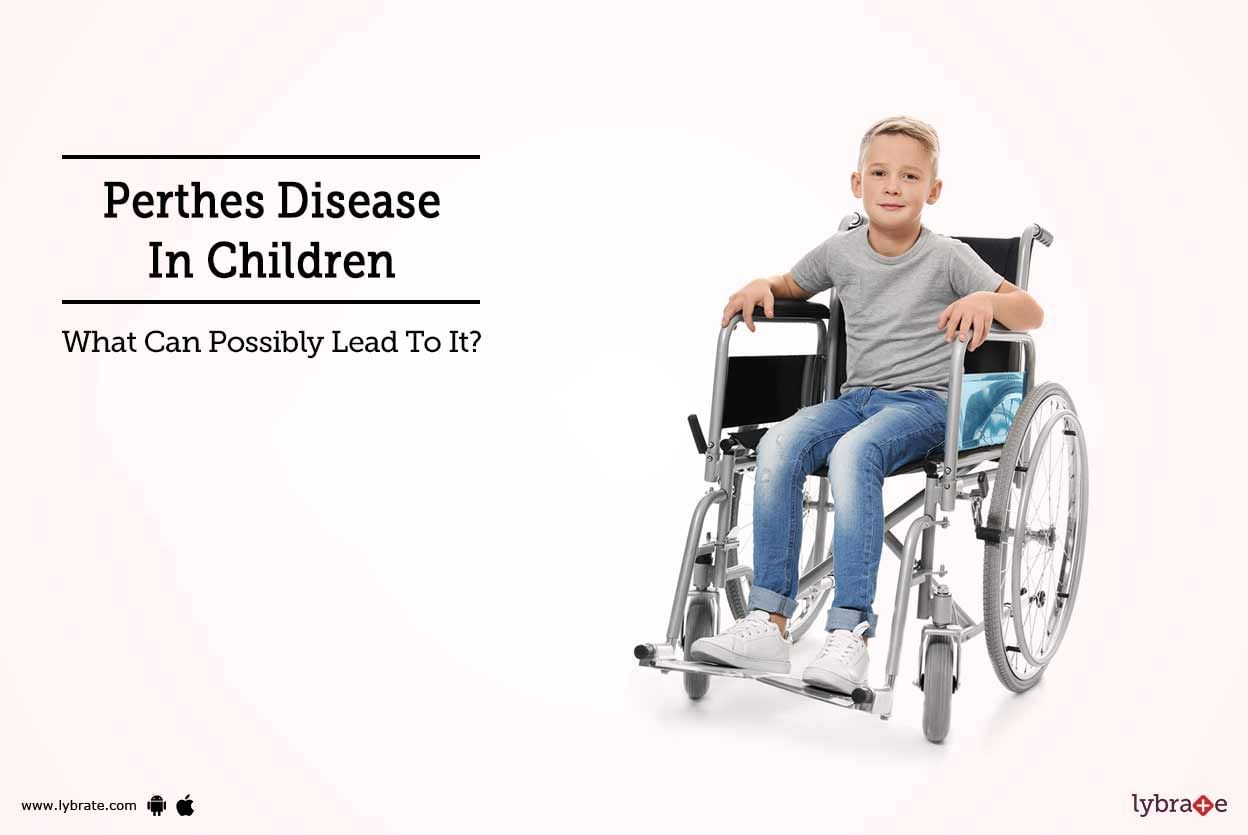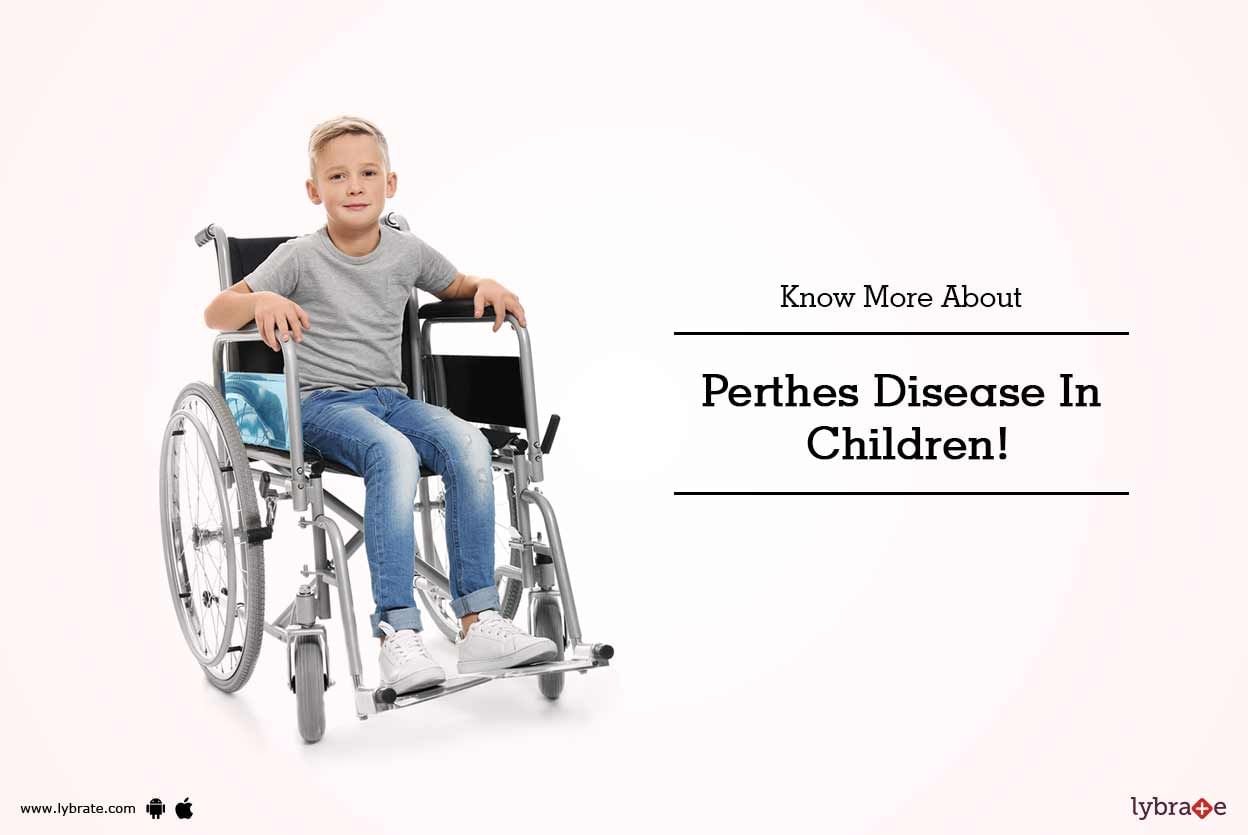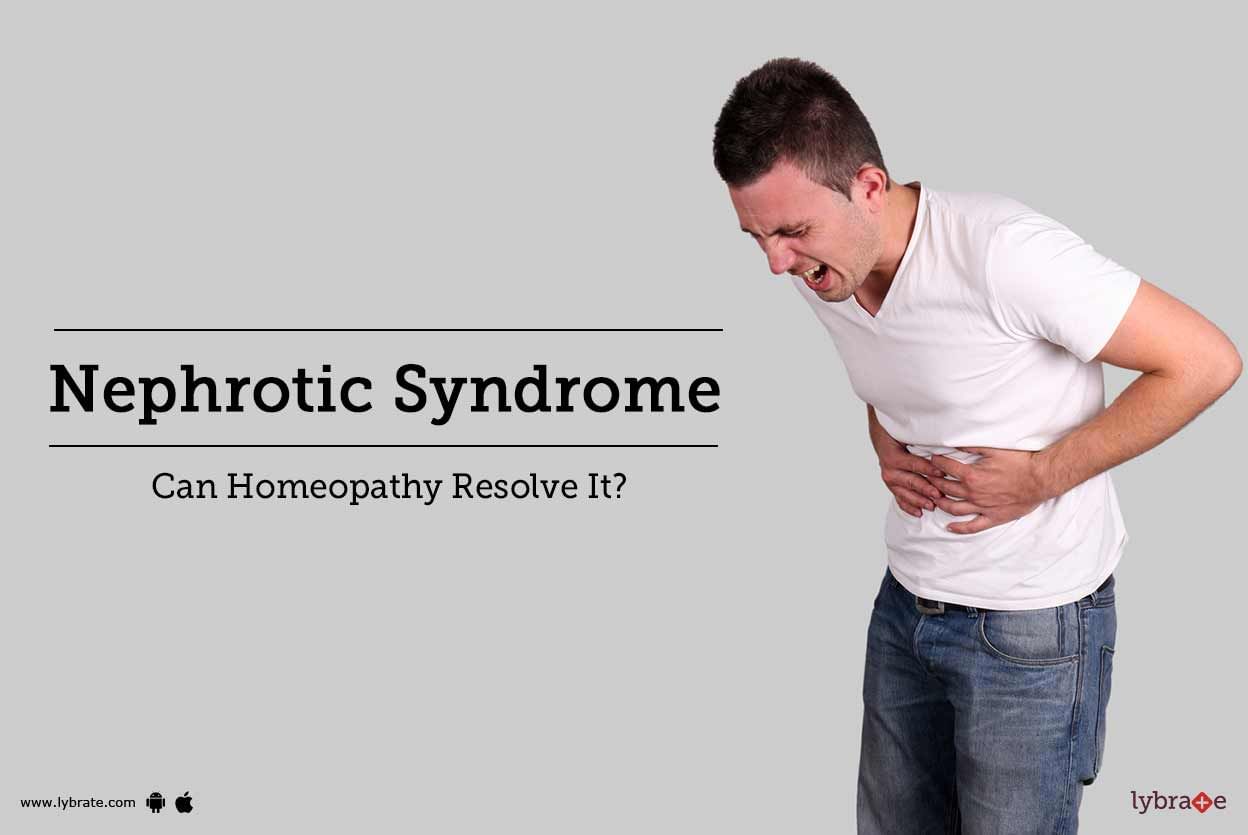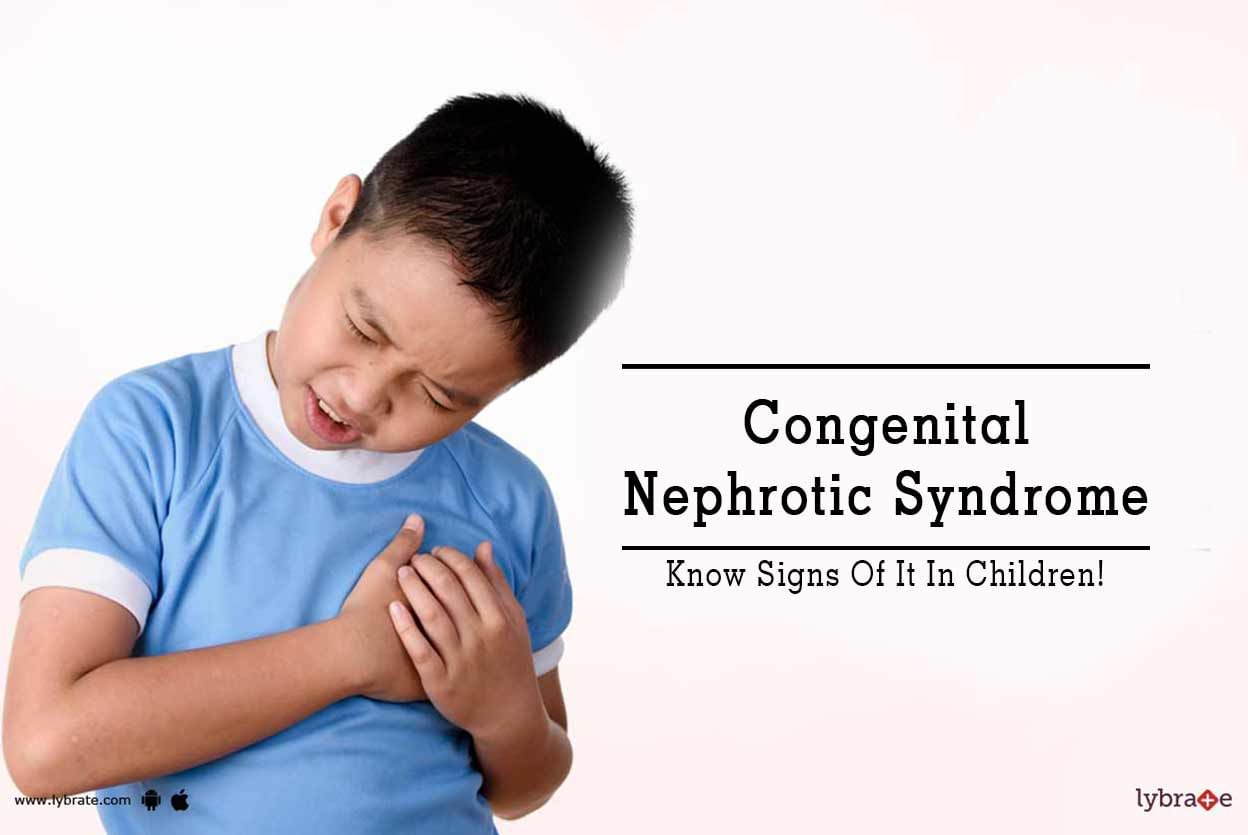Get the App
For Doctors
Login/Sign-up
Health Feed
Find Doctors
Health Packages
AllQ&AsTipsQuizzes
Perthes Disease Tips
Last Updated: 7 years ago• Featured Tip
Share
Bookmark
Report
The hip joint is a ball and socket joint made up of the round head of thigh bone (femoral head) with the cup shaped socket (acetabulum) of the pelvis and Perthe s Disease is an affliction of the hip joints in growing children. It is much more common in boys than girls, and occurs most commonly in children aged between 4 to 10 years. The cause of this problem is still unidentified.
In Perthes disease, changes affect the femoral head which can be seen on X-ray. These changes occur in thr...more
In Perthes disease, changes affect the femoral head which can be seen on X-ray. These changes occur in thr...more
Last Updated: 7 years ago• Featured Tip
Share
Bookmark
Report
The hip joint is a ball and socket joint made up of the round head of thigh bone (femoral head) with the cup shaped socket (acetabulum) of the pelvis and Perthe s Disease is an affliction of the hip joints in growing children. It is much more common in boys than girls, and occurs most commonly in children aged between 4 to 10 years. The cause of this problem is still unidentified.
In Perthes disease, changes affect the femoral head which can be seen on X-ray. These changes occur in thr...more
In Perthes disease, changes affect the femoral head which can be seen on X-ray. These changes occur in thr...more
Last Updated: 7 years ago• Featured Tip
Share
Bookmark
Report
The hip joint is a ball and socket joint made up of the round head of thigh bone (femoral head) with the cup shaped socket (acetabulum) of the pelvis and Perthe s Disease is an affliction of the hip joints in growing children. It is much more common in boys than girls, and occurs most commonly in children aged between 4 to 10 years. The cause of this problem is still unidentified.
In Perthes disease, changes affect the femoral head which can be seen on X-ray. These changes occur in thre...more
In Perthes disease, changes affect the femoral head which can be seen on X-ray. These changes occur in thre...more
Last Updated: 7 years ago• Featured Tip
Share
Bookmark
Report
Perthes disease of the hip is a childhood disorder, which occurs due to the disruption of blood flow to the femoral head. Inadequate supply of blood flow results in softening of the bones which result in the breakdown of the bones. Perthes disease is also referred to as Legg-Calve-Perthes disease or avascular necrosis.
Reasons Behind Occurrence of Perthes Disease
With the advancement of the latest techniques and bio-materials, it is possible to attain successful outcomes for hip art...more
Reasons Behind Occurrence of Perthes Disease
With the advancement of the latest techniques and bio-materials, it is possible to attain successful outcomes for hip art...more
Last Updated: 7 years ago• Featured Tip
Share
Bookmark
Report
The hip joint is a ball and socket joint made up of the round head of thigh bone (femoral head) with the cup shaped socket (acetabulum) of the pelvis and Perthe s Disease is an affliction of the hip joints in growing children. It is much more common in boys than girls, and occurs most commonly in children aged between 4 to 10 years. The cause of this problem is still unidentified.
In Perthes disease, changes affect the femoral head which can be seen on X-ray. These changes occur in thre...more
In Perthes disease, changes affect the femoral head which can be seen on X-ray. These changes occur in thre...more
Last Updated: 6 years ago• Featured Tip
Share
Bookmark
Report
Nephrotic syndrome is a type of kidney disorder wherein, the body passes out excess amount of proteins through urine, owing to the damage caused to the tiny clusters of blood vessels in the kidneys. The symptoms include putting on excessive weight as a result of fluid retention, foamy urine and severe swelling around the region of the feet, ankles and eyes.
Common causes behind it:
Minimal change disease (also known as nil disease) leads to the abnormal functioning of the kidne...more
Common causes behind it:
Minimal change disease (also known as nil disease) leads to the abnormal functioning of the kidne...more
Last Updated: 6 years ago• Featured Tip
Share
Bookmark
Report
Nephrotic is a kidney dysfunction in which a person releases a huge amount of protein while urinating. This happens because of damaged blood vessels in the kidney which cannot properly filter water.
There are many treatments available for Nephrotic Syndrome. However, over the years, Homeopathy has shown greater results in the treatment of Nephrotic Syndrome. Homeopathy treats without affecting the kidneys and other organs. It cures Nephrotic Syndrome by reducing the symptoms of the dise...more
There are many treatments available for Nephrotic Syndrome. However, over the years, Homeopathy has shown greater results in the treatment of Nephrotic Syndrome. Homeopathy treats without affecting the kidneys and other organs. It cures Nephrotic Syndrome by reducing the symptoms of the dise...more
Last Updated: 6 years ago• Featured Tip
Share
Bookmark
Report
The nephrotic syndrome refers to kidney disease. Nephrotic syndrome is triggered when the glomeruli (tiny structures in the kidneys) malfunction or are damaged and allow too much protein to enter into the kidneys. Nephrotic syndrome is a chronic ailment but not very prevalent. In India, fewer than 1 million cases are reported every year.
Who is susceptible to Nephrotic Syndrome?
Children, especially between the ages 2-6 are vulnerable to coming down with this ailment. It is prevalen...more
Who is susceptible to Nephrotic Syndrome?
Children, especially between the ages 2-6 are vulnerable to coming down with this ailment. It is prevalen...more
Last Updated: 6 years ago• Featured Tip
Share
Bookmark
Report
As the name suggests, congenital nephrotic syndrome affects the kidneys of newborn babies. Though congenital means the disease must be present from birth, babies who develop nephrotic syndrome in the first three months are also said to suffer from this condition. This is a rare genetic disorder that is passed down from parents to their children. Boys are at a higher risk of suffering from this disorder than girls. The congenital nephrotic syndrome causes the kidneys to leak large amounts of prot...more
Last Updated: 6 years ago• Featured Tip
Share
Bookmark
Report
Nephrotic syndrome is a type of kidney disorder wherein, the body passes out excess amount of proteins through urine, owing to the damage caused to the tiny clusters of blood vessels in the kidneys. The symptoms include putting on excessive weight as a result of fluid retention, foamy urine and severe swelling around the region of the feet, ankles and eyes.
Common causes behind it
Minimal change disease (also known as nil disease) leads to the abnormal functioning of the kidney...more
Common causes behind it
Minimal change disease (also known as nil disease) leads to the abnormal functioning of the kidney...more
Last Updated: 6 years ago• Featured Tip
Share
Bookmark
Report
Nephrotic syndrome is a type of kidney disorder wherein, the body passes out excess amount of proteins through urine, owing to the damage caused to the tiny clusters of blood vessels in the kidneys. The symptoms include putting on excessive weight as a result of fluid retention, foamy urine and severe swelling around the region of the feet, ankles and eyes.
Common causes behind it
Minimal change disease (also known as nil disease) leads to the abnormal functioning of the kidney...more
Common causes behind it
Minimal change disease (also known as nil disease) leads to the abnormal functioning of the kidney...more
Last Updated: 6 years ago• Featured Tip
Share
Bookmark
Report
Nephrotic Syndrome is a condition which is characterised by the loss of protein into the urine (called proteinuria) as a result of increased glomerular permeability and oedema. This results in low protein level in the blood. The low levels of protein in blood result in the drawing of fluids into soft tissues. A severe form hypoalbuminemia can cause scores of secondary diseases such as ascites (retention of fluid in the abdominal cavity), pleural effusion (build-up of fluids between the lungs a...more
Last Updated: 6 years ago• Featured Tip
Share
Bookmark
Report
Nephrotic syndrome is a type of kidney disorder wherein, the body passes out the excess amount of proteins through urine, owing to the damage caused to the tiny clusters of blood vessels in the kidneys. The symptoms include putting on excessive weight as a result of fluid retention, foamy urine and severe swelling around the region of the feet, ankles and eyes.
Common causes behind it:
Minimal change disease (also known as nil disease) leads to the abnormal functioning of the ...more
Common causes behind it:
Minimal change disease (also known as nil disease) leads to the abnormal functioning of the ...more
Last Updated: 6 years ago• Featured Tip
Share
Bookmark
Report
Nephrotic syndrome is a type of kidney disorder wherein, the body passes out excess amount of proteins through urine, owing to the damage caused to the tiny clusters of blood vessels in the kidneys. The symptoms include putting on excessive weight as a result of fluid retention, foamy urine and severe swelling around the region of the feet, ankles and eyes.
Common causes behind it
Minimal change disease (also known as nil disease) leads to the abnormal functioning of the kidney...more
Common causes behind it
Minimal change disease (also known as nil disease) leads to the abnormal functioning of the kidney...more
Last Updated: 7 years ago• Featured Tip
Share
Bookmark
Report
The nephrotic syndrome refers to a kidney disease. Nephrotic syndrome is triggered when the glomeruli (tiny structures in the kidneys) malfunction or are damaged and allow too much protein to enter into the kidneys. Nephrotic syndrome is a chronic ailment but not very prevalent. In India, fewer than 1 million cases are reported every year.
Who is susceptible to Nephrotic Syndrome?
Children, especially between the ages 2-6 are vulnerable to coming down with this ailment. It is preval...more
Who is susceptible to Nephrotic Syndrome?
Children, especially between the ages 2-6 are vulnerable to coming down with this ailment. It is preval...more
Book appointment with top doctors for Perthes Disease treatment
View fees, clinic timings and reviews
Ask a free question
Get FREE multiple opinions from Doctors
posted anonymously































